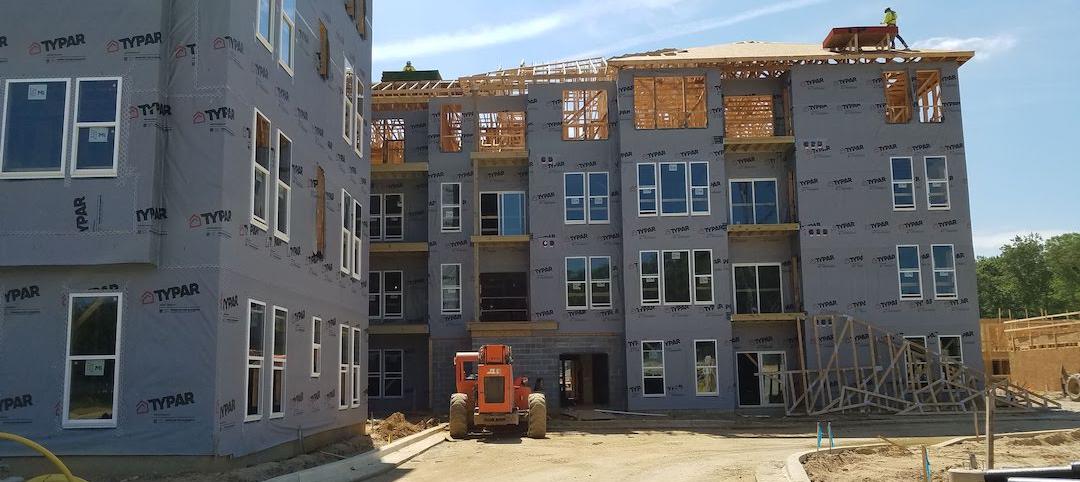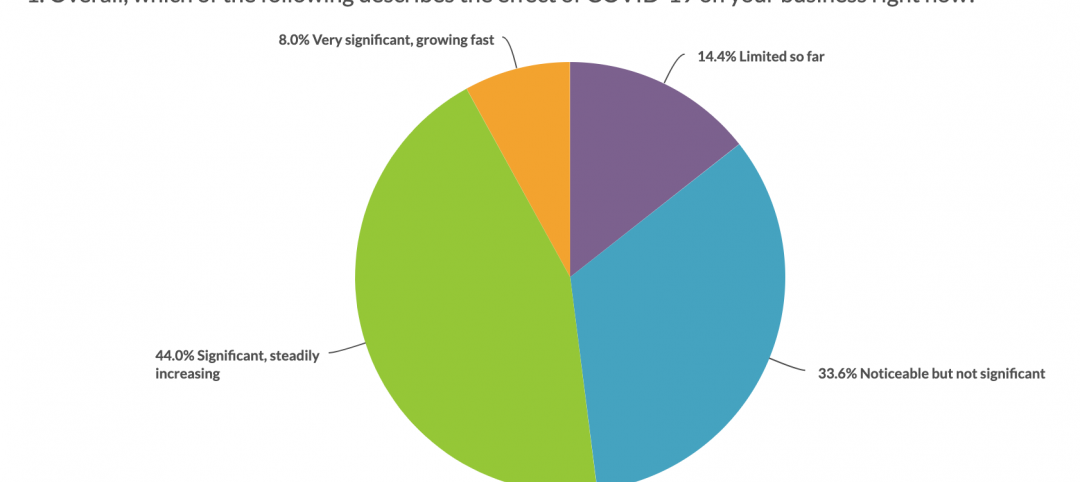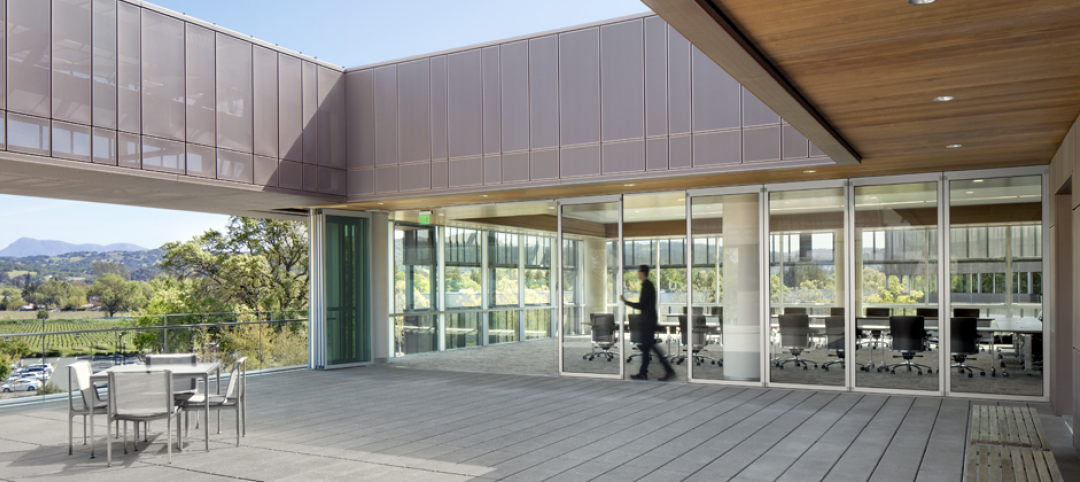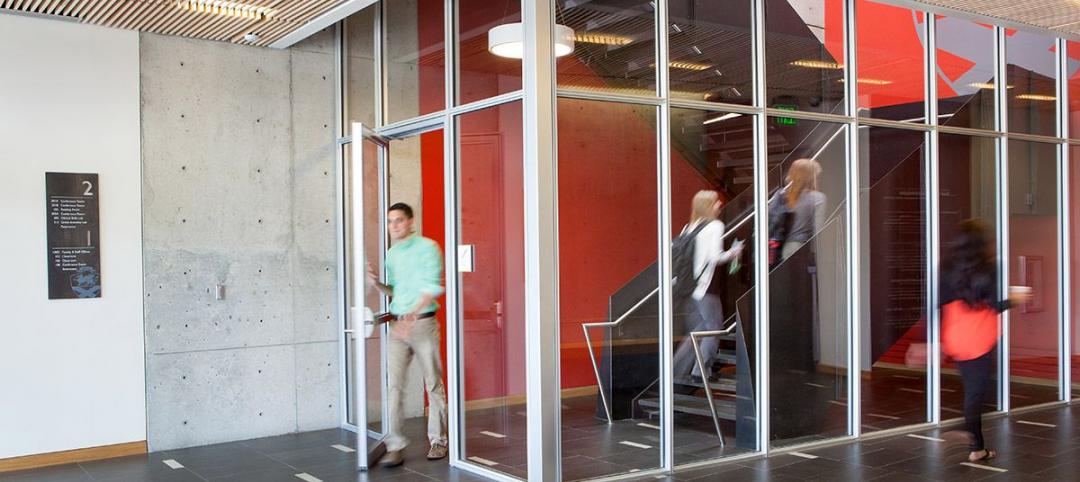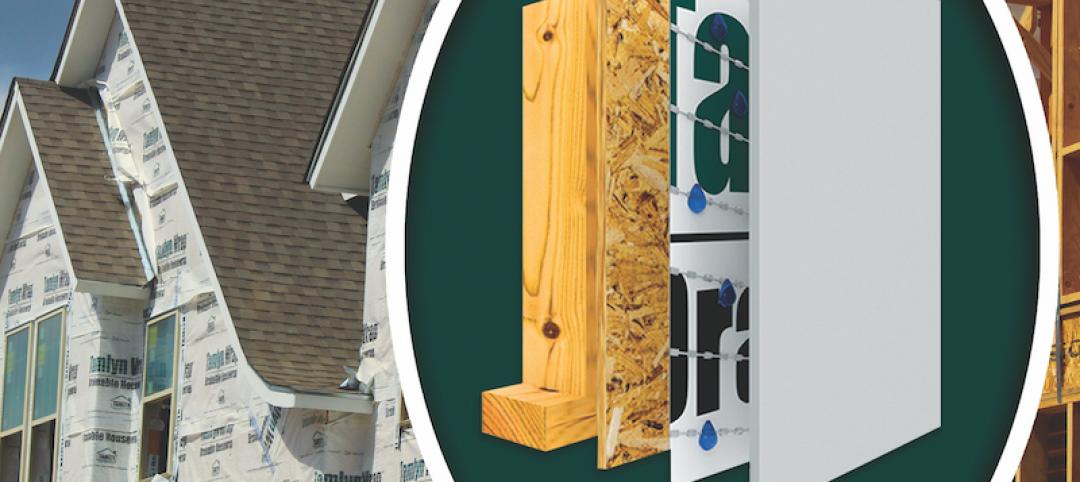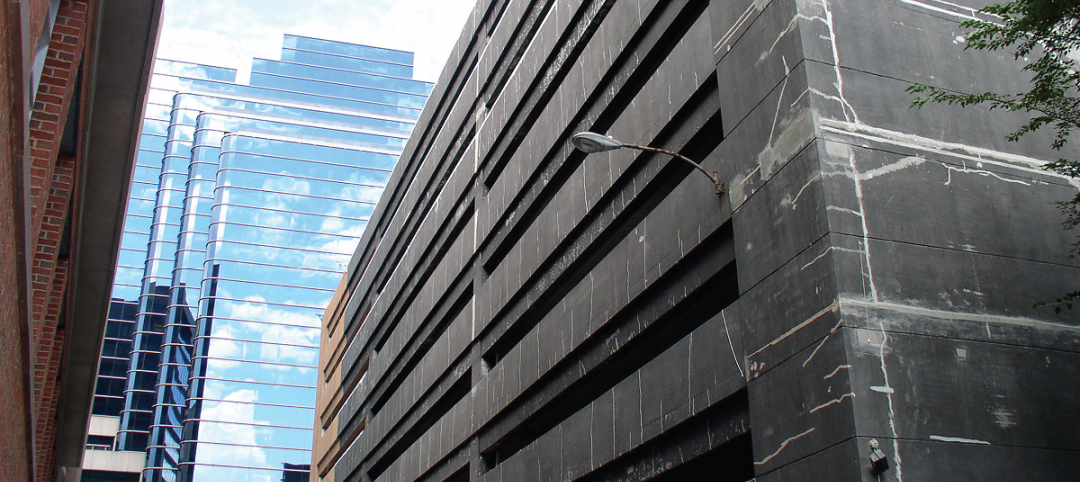Roofing industry expert Joseph Schwetz maintains that there is an important difference between what building codes require and what the construction insurance industry—notably mutual insurance firm Factory Mutual—demands—and that this difference can lead to problems in designing a roof.
Founded in 1835 by Zachariah Allen, Factory Mutual, Johnston, R.I., insures about 15-20% of the nation's building stock. However, “they insure a majority of the larger buildings, and their insured properties are ones that cannot afford the major financial loss of being down—not even one day,” says Schwetz, a 30-year veteran of the roofing industry and manager of technical services at Canton, Mass.-based Sika Sarnafil.
To protect its assets and clients and shield itself from significant financial loss, FM has developed its own very strict building requirements that exceed those of most building codes. Over the years the insurer has continued tightening its requirements, thus making its influence felt strongly within the AEC industry.
“It's important for those involved in roof design to know the difference between FM [requirements] and building code,” says Schwetz. “However, I'm not sure many roofing designers do.” And therein lies the problem.
Designing a roof to meet FM requirements when it's not required can drive up project costs. He says that the standard building code, which follows ASCE 7-05, is not as stringent as FM's requirements and should work for most projects.
Schwetz offers eight valuable tips every roofing designer needs to know about dealing with FM specs and building codes.
1 Be sure to ask if the building is insured by Factory Mutual.
This may seem obvious, but Schwetz says many roofing designers don't think to ask about the building's insurance carrier when they're sorting out roof geometry, waterproofing, materials selection, and the dynamics of wind uplift, among other concerns. Be warned, however, that even if your project isn't FM insured, many other insurance firms reference FM specs or have agreements with FM, so you need to check the building's insurance status.
2 Don't design the roof to FM standards if you don't have to.
“The roofing industry, including manufacturers, is guilty of creating generic, boilerplate specifications that state a building shall meet FM 1-90 UL Class A,” says Schwetz. However, once wind-speed calculations are determined for the building, it may not need to meet this high standard. As a result, using boilerplate specs can lead you to overdesign the roof system, thereby needlessly driving up construction costs.
3 Before you start designing, check out FM's requirements online.
Go to the firm's RoofNav site: https://roofnav.fmglobal.com/RoofNav/Login.aspx. See accompanying box for advice on how to use this tool.
4 Be aware that FM is the only body that can approve roof assemblies for its insured buildings.
Virtually all roofing manufacturers use Factory Mutual's wind-uplift testing facility in West Gloucester, R.I. “This way, manufacturers have an approved assembly that can meet both FM and building code, which is important in the market,” says Schwetz. As far as FM is concerned, it is not sufficient to have a product tested at a lab certified by the International Code Council; to get FM's OK, it has to be done in their test facility. “For the purpose of efficiency, most manufacturers test at FM's lab,” says Schwetz.
5 Understand that FM specs will always be more stringent than building code specs.
Schwetz says some proposed changes to wind load calculations should be incorporated into ICC in 2012, but they are minor—and they “won't be as tough as FM requirements.”
6 Be on the lookout for changes in FM's specifications.
Factory Mutual does not issue changes on a regular basis; more likely, such changes are issued based on conditions in the insurance industry. For example, Hurricane Katrina prompted FM to tighten up its standards.
Schwetz says that because FM has such an influence on the roofing industry, the insurer is open to working with roofing manufacturers. “They want to be very involved with the industry and in the specification development process” he says.
Nonetheless, FM is, according to Schwetz, “very particular” about whom they will insure. “Not every owner will fit FM's criteria,” says Schwetz, who adds that once he knows FM is insuring one of his projects, he gets FM on the case. “There's a huge advantage to involving FM's field people right away,” he says.
7 Understand Factory Mutual's approval process.
After reviewing a roofing package and approving it, the insurer sends field engineers to make follow-up inspections to ensure the roofing system is installed according to FM guidelines.
8 Be prepared to do extra work to get approval for a green roof.
Schwetz says that FM is close to finalizing its requirements for vegetated roofing. In the meantime, he says, “If you can make a case”—especially with regard to how much weight the green roof adds and how it meets wind uplift requirements—“they should be able to make a decision and come up with an acceptable design on a case-by-case basis.”
Related Stories
75 Top Building Products | Dec 1, 2020
Top Building Envelope Products for 2020
Sherwin-Williams' Emerald Rain Refresh and James Hardie's Aspyre Collection are among the 23 new building envelope products to make Building Design + Construction's 2020 75 Top Products report.
Coronavirus | Apr 8, 2020
COVID-19 alert: Most U.S. roofing contractors hit by coronavirus, says NRCA
NRCA survey shows 52% of roofing contractor said COVID-19 pandemic was having a significant or very significant impact on their businesses.
75 Top Building Products | Dec 16, 2019
Top Window and Door Products for 2019
Pella’s Rolscreen retractable screen and NanaWall’s HSW single-track sliding glass wall are among the 16 window and door products to make Building Design+Construction’s 2019 101 Top Products report.
75 Top Building Products | Dec 16, 2019
101 Top Products for 2019
Building Design+Construction readers and editors select their top building products for the past 12 months in the fourth-annual 101 Top Products report.
75 Top Building Products | Dec 16, 2019
Top Glass and Glazing Products for 2019
SageGlass's Harmony dynamic glass and Vitro Architectural Glass's Acuity low-iron glass are among the nine new glass and glazing products to make Building Design+Construction's 2019 101 Top Products report.
75 Top Building Products | Dec 12, 2019
Top Building Envelope Products for 2019
Sto's beetle-inspired exterior coating and Dörken Systems' UV-resistant vapor-permeable barrier are among the 28 new building envelope products to make Building Design+Construction's 2019 101 Top Products report.
Sponsored | Building Enclosure Systems | Oct 22, 2018
Effective water management building materials are essential for harsh weather events
The building envelope plays a crucial in protecting projects from excess moisture, mold, and rot.
Sponsored | Building Enclosure Systems | Jul 16, 2018
Building for Efficiency: Systems Approaches Boost Profitability
BD+C University Course | May 24, 2018
Accommodating movement in building envelope materials [AIA course]
We may think of the building envelope as an inanimate object, but in reality its components can be quite mobile. This AIA CES course is worth 1.0 AIA LU/HSW.


